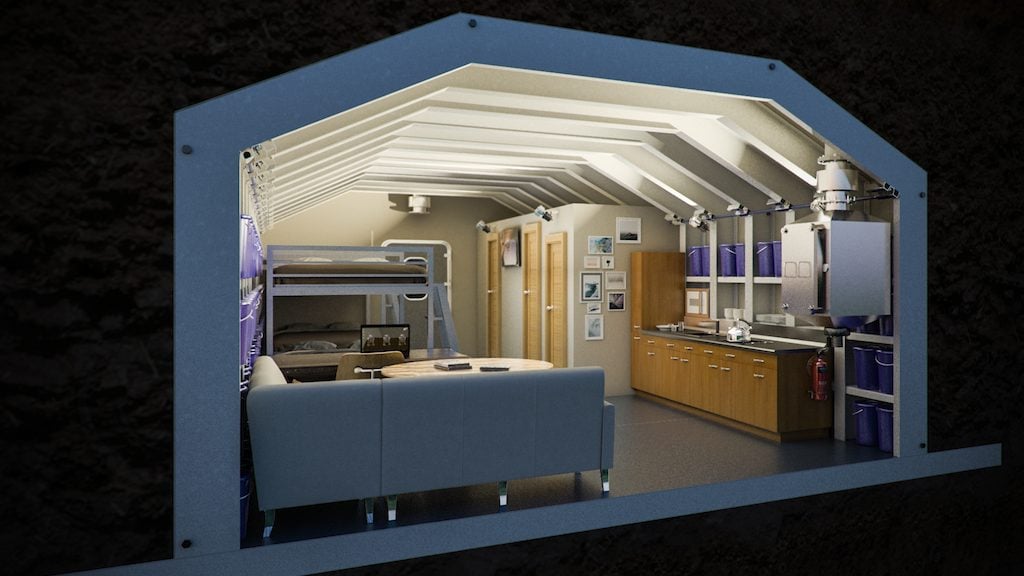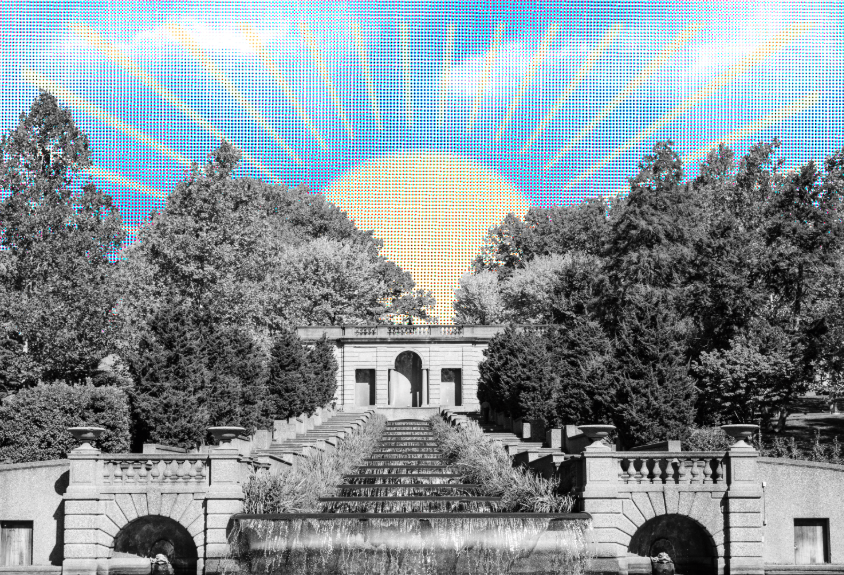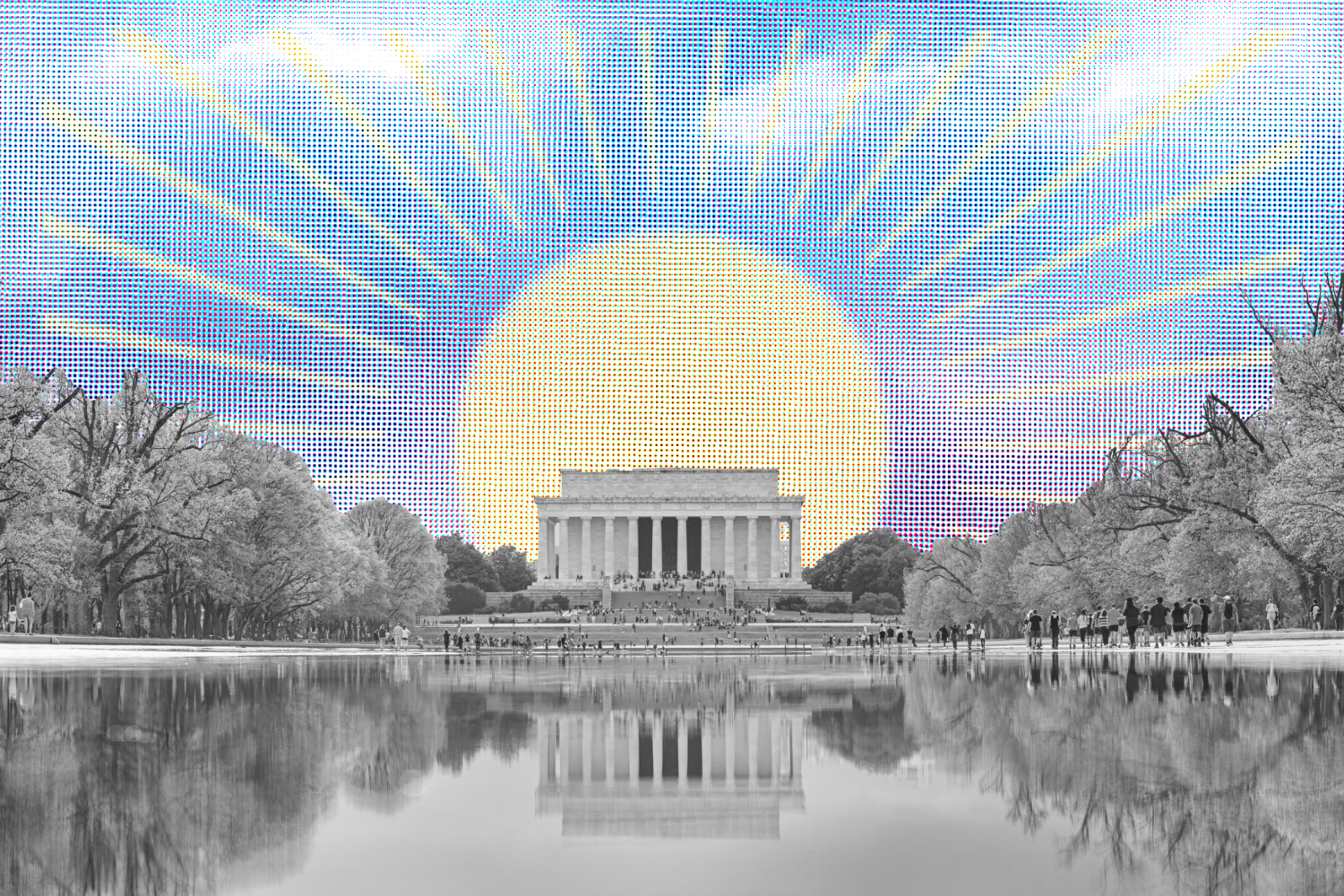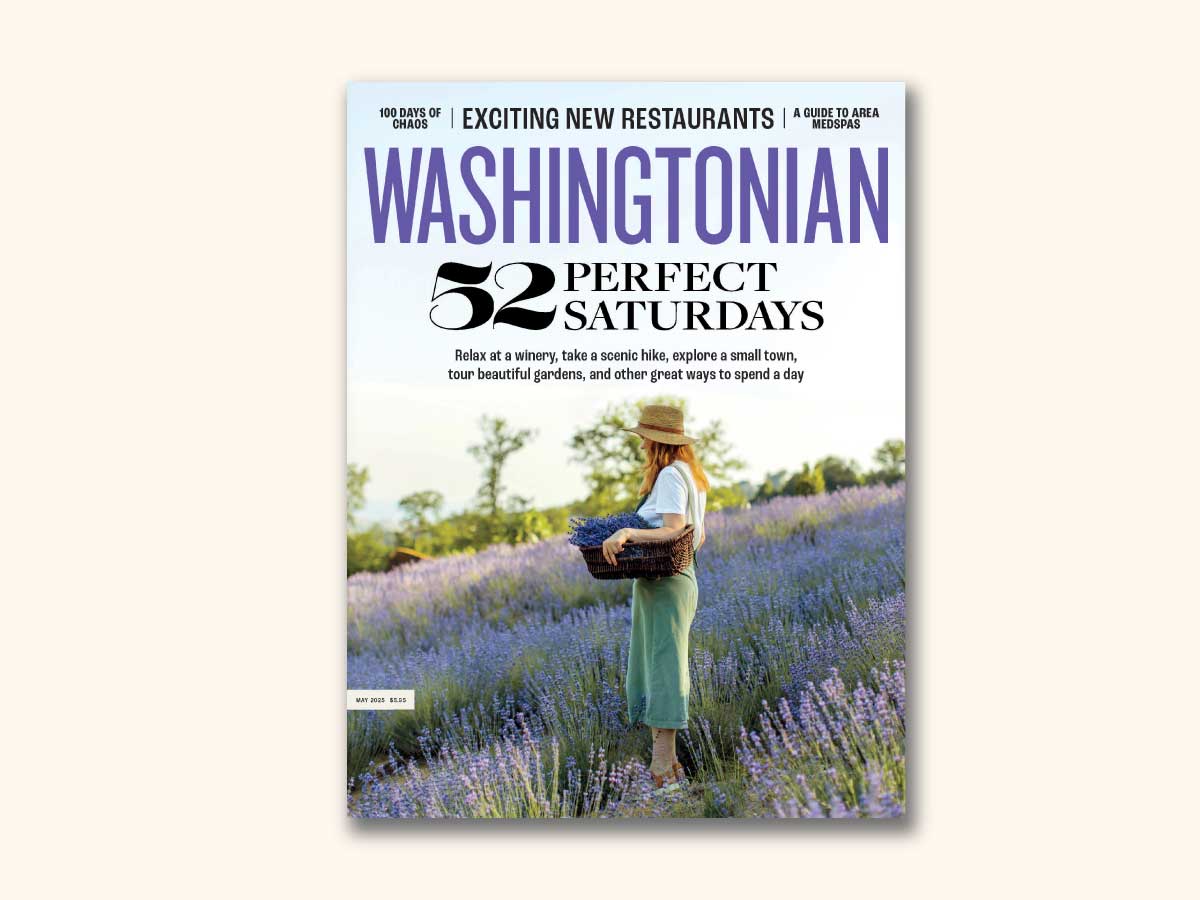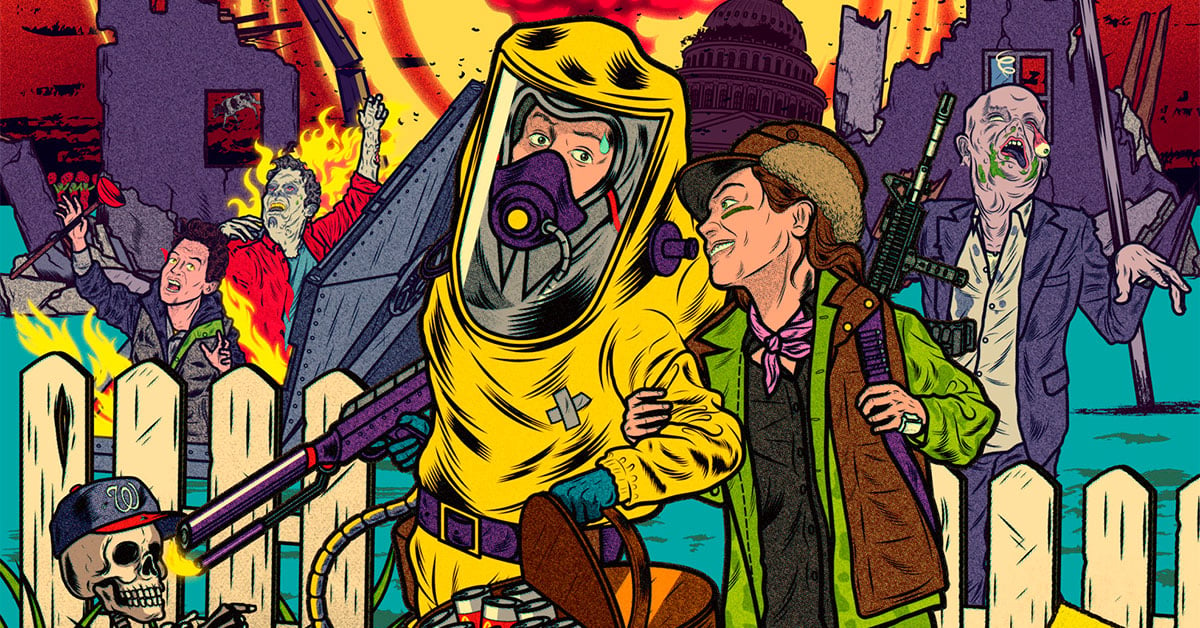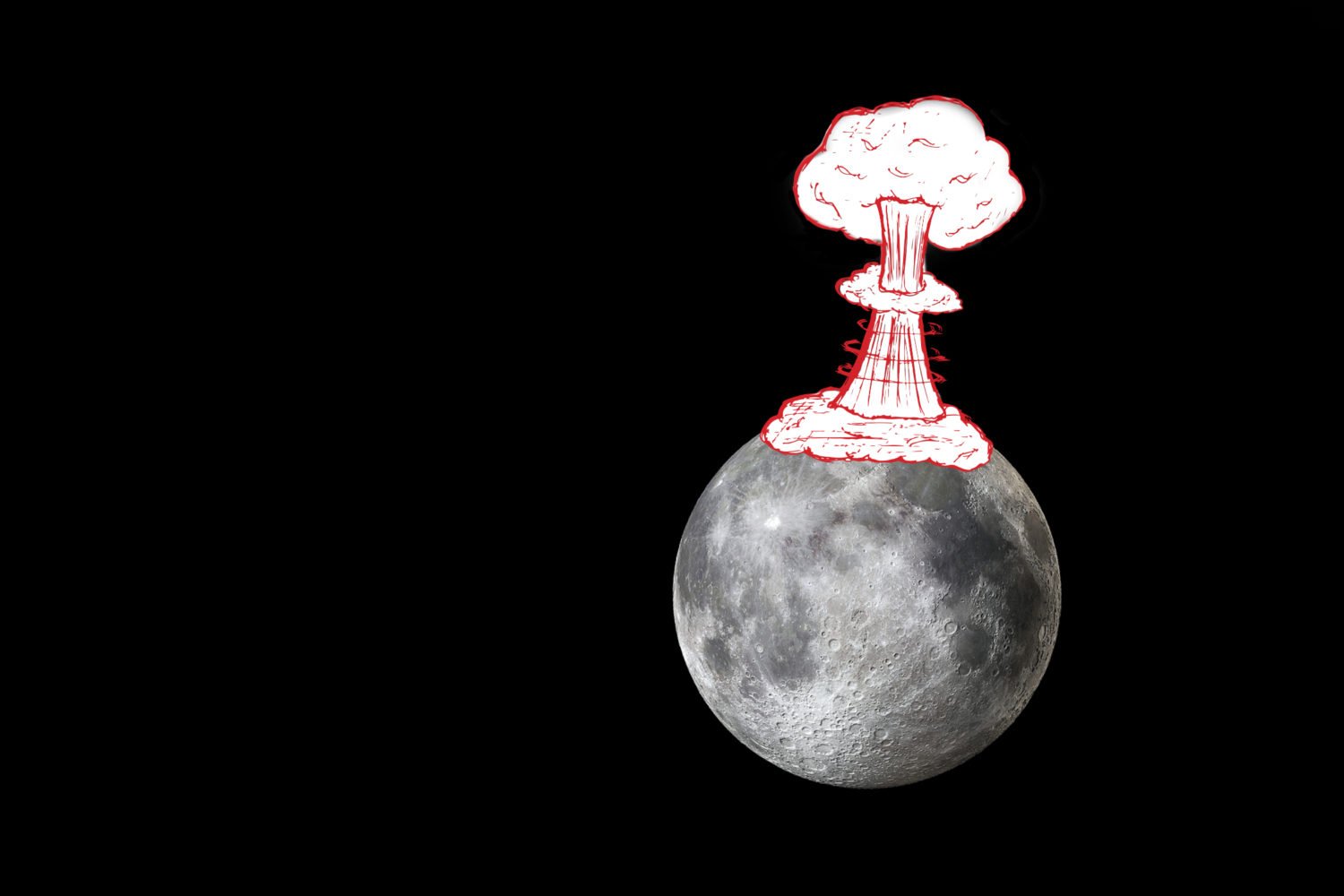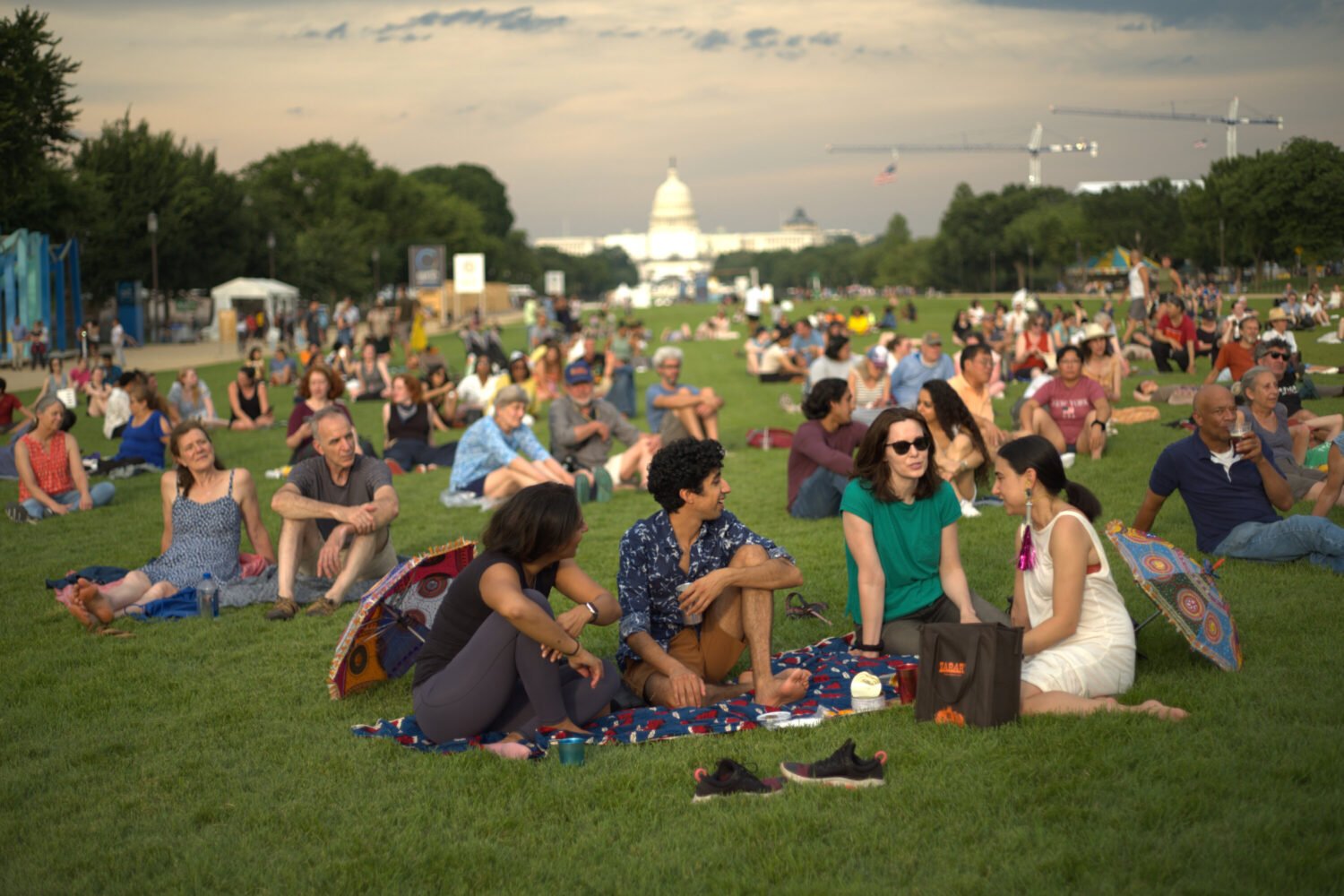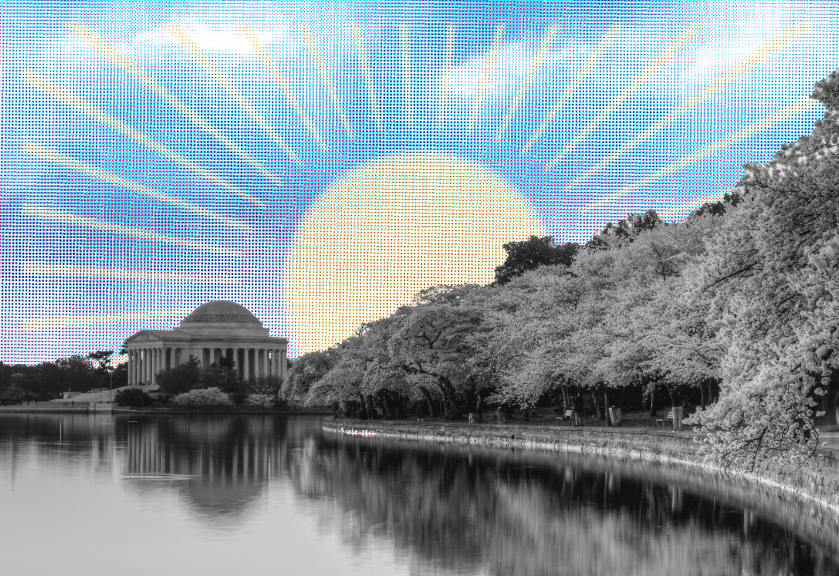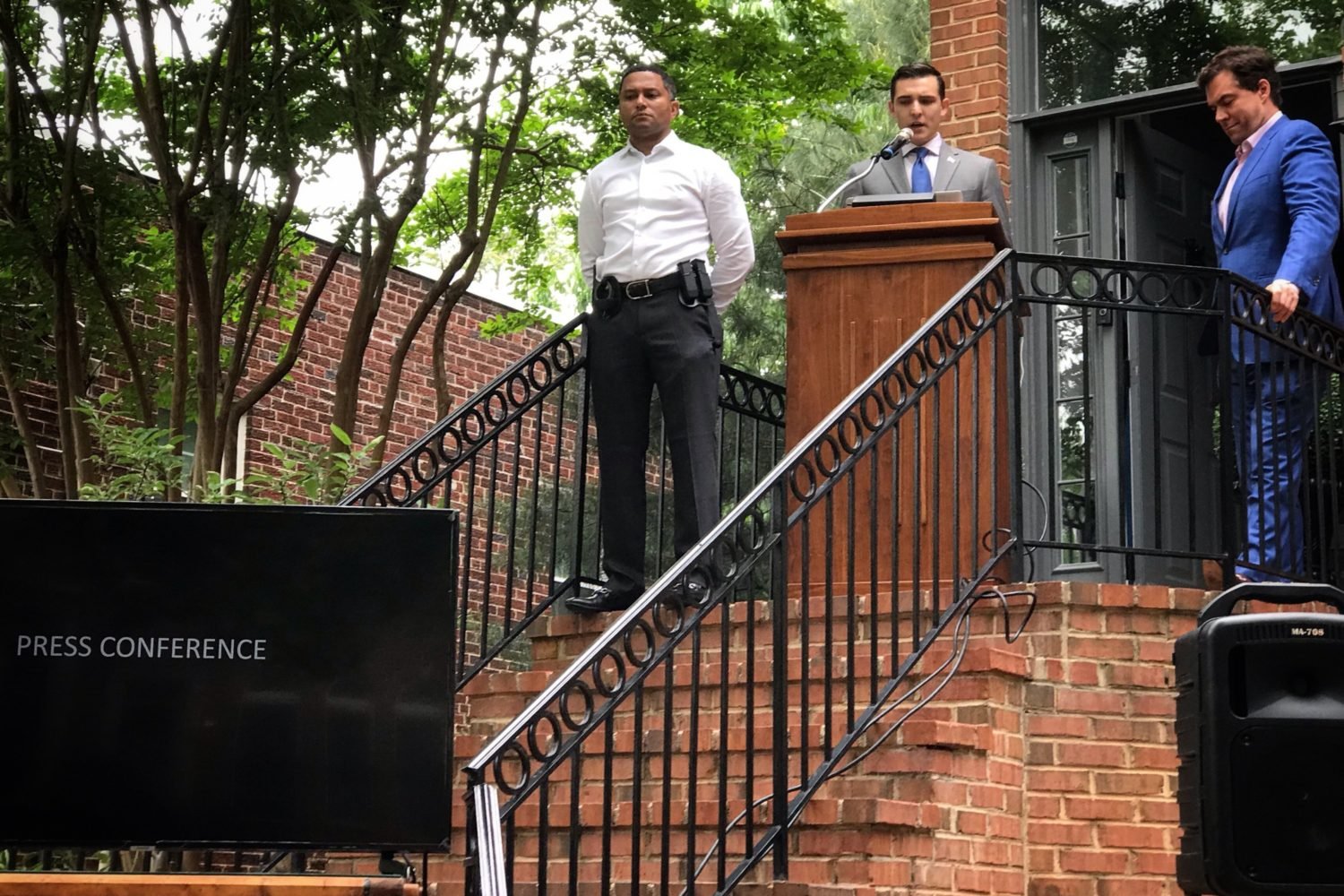Ever since Donald Trump was elected President last year, we’ve been pummeled by an endless stream of bad news: the alleged Russia ties, inflammatory comments about our allies, and, the threat of nuclear war with North Korea. On Tuesday morning, the President said “all options are on the table” after North Korea test-launched a missile that sailed over Japan.
If our collective feeling of paranoia has been good for anything, it’s sales of underground shelters—which have skyrocketed in the past several months among both individuals and businesses.
It’s not hard to imagine why. When it feels like the world is becoming increasingly unstable and unsafe, a place to escape the dangers of nuclear, chemical, and biological warfare becomes increasingly attractive. That leaves people turning to underground shelter manufacturers and distributors like Rising S Company, UndergroundBombShelter.com, and Norad Shelter Systems in record numbers.
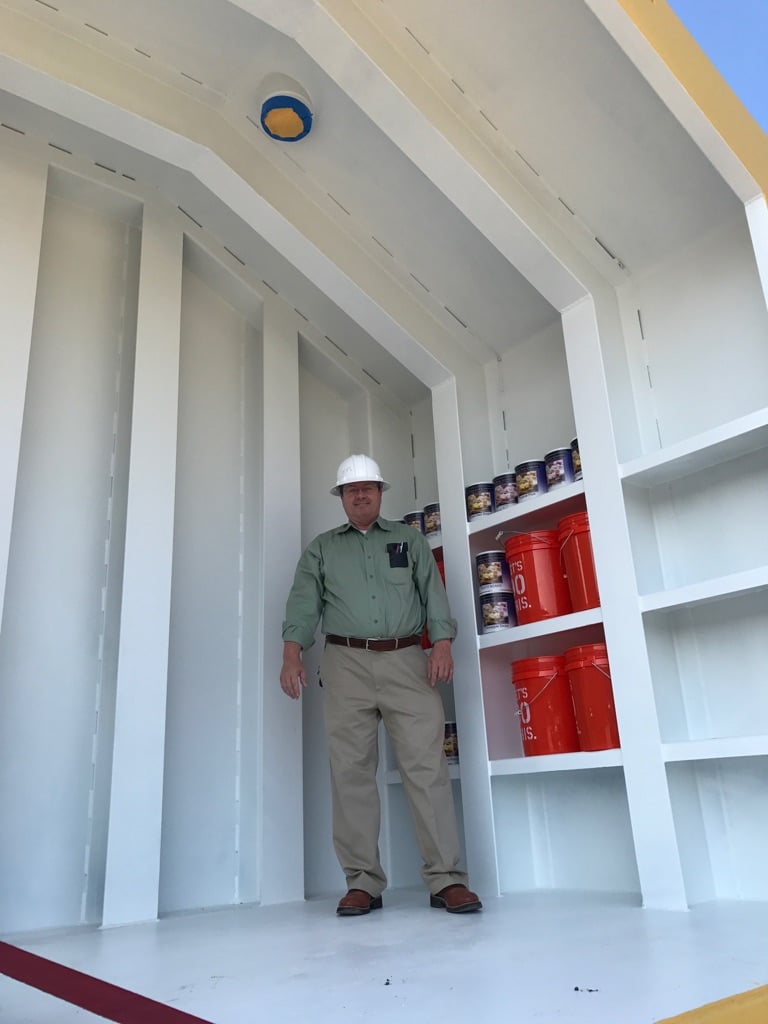
Walton McCarthy, the head engineer at Norad and the author of Principles of Protection, a manual of underground shelter design, says that about 50 percent of his business comes from Washington, mostly from corporate types and politicians concerned by what they feel is an imminent threat of something bad.
But the notion is increasingly common, according to Dave French, the owner of UndergroundBombShelter.com, a website that serves as the middleman between interested buyers and shelter manufacturers. The site’s sales and requests have increased 20-fold in just the past couple weeks since the threat of a nuclear missile hitting Guam entered the news. “There doesn’t seem to be any stereotype for the type of people who are interested in this,” French says. “There’s just no bias when it comes to peace of mind.”
While an underground shelter might seem ultra-appealing (for anyone with the yard space to install one), there are a few things to consider before you get started:
Type of Shelter
First off, it’s important that “underground bunker” is a bit of a misnomer. According to McCarthy, a bunker refers to an empty cell—not a shelter that would allow you to live in it for weeks, months, or even years. That’s just called an “underground shelter,” which also separates it from a “survival shelter,” a space that technically does not have to meet any standards for extended living, but rather serves as a temporary escape.
Budget
If you’re open to some DIY, the absolute cheapest underground shelters run about $10,000. But that’ll leave you with a bare-bones set-up that requires you to still do your own excavation and installation—which will also likely not include the type of protection that blocks radiation from entry through the doorway.
A standard underground shelter equipped with a kitchen, bathroom, several beds, and NBC (nuclear, biological, and chemical) protection costs between $40,000 and $250,000. Prices vary based on size and the decision whether or not to include amenities like gun vaults, electromagnetic protection, and emergency escape hatches.
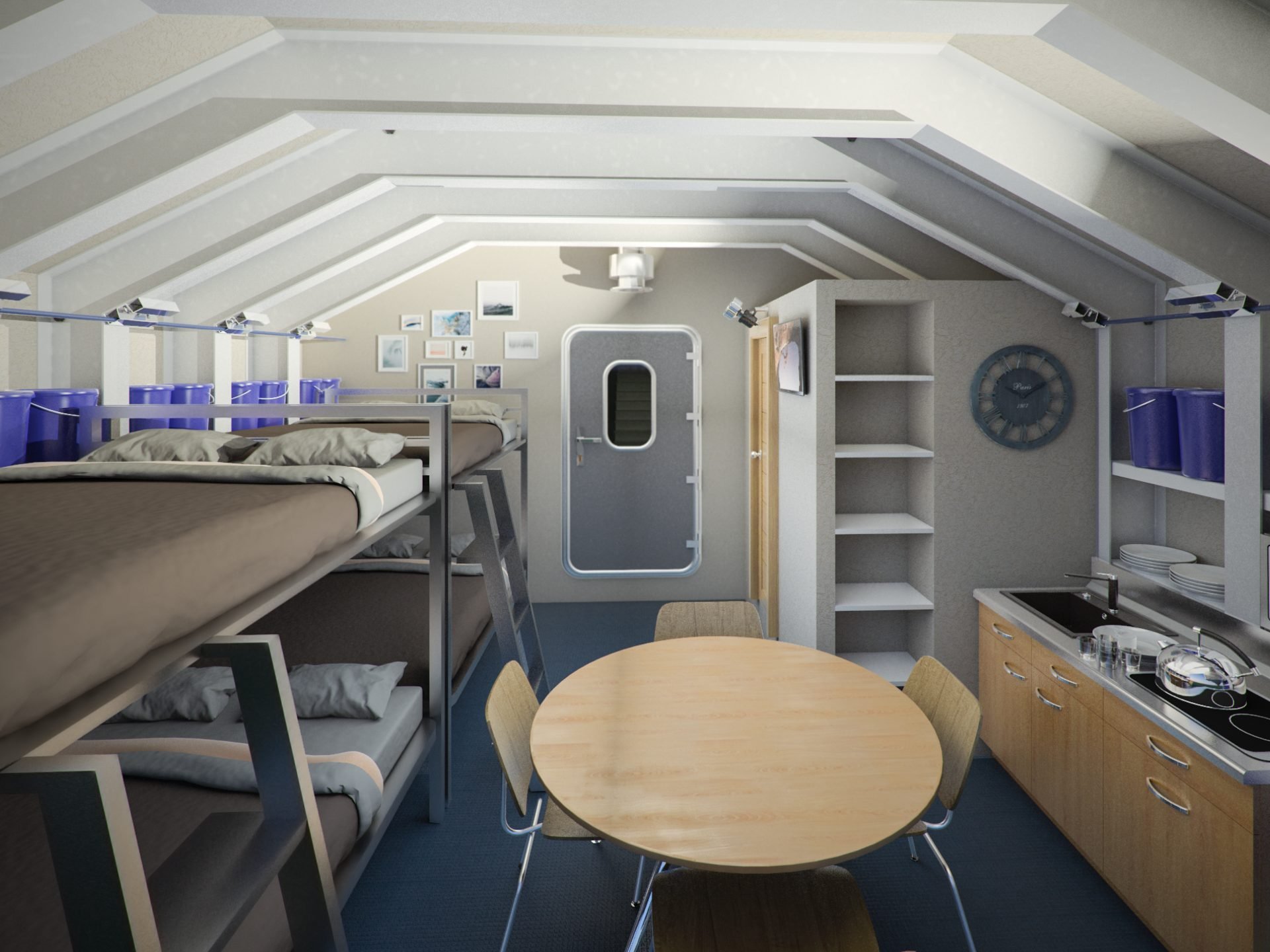
At the upper end, there really is no price limit. Luxury underground shelters can be built as if they’re just underground luxury homes, with everything from swimming pools to archery ranges to bowling alleys. Gary Lynch, the general manager at Rising S Shelters—the only US bunker manufacturer that makes extensive luxury shelters—says he’s overseen shelters with more than $1 million’s worth of amenities. Think granite countertops, hand-scraped wood floors, even horse stables. (Because if you’re escaping a catastrophe, you might as well do it in style, and bring all your animals along, too.)
Nuclear, Biological, and Chemical Warfare Protection
While there are many above-ground storm shelters on the market that can protect you from Earth’s worst natural disasters, the best place to be in the case of a nuclear, biological, or chemical war is several feet underground. But even an underground shelter can leave you vulnerable to the effects of these weapons if you don’t take special precautions.
McCarthy’s standards for such precautions are the go-to in the industry. (In fact, his company, Norad, sells shelters to the military.) He warns against buying a shelter from a company that claims its product has been certified by the Federal Emergency Management Agency—because FEMA is actually not a certifying agency, and many of those products aren’t designed to keep radiation from entering the shelter through the doorway.
“When people contact us to get a shelter,” McCarthy says, “I ask about their budget and also how close they want to be to ground zero [where a nuclear weapon detonates]. For example, if you’re 0.9 miles from ground zero, from a 100-kiloton weapon, there will be 10 pounds per square foot overpressure, 280 mile-per-hour winds, and 14,000 rems of radiation.”
Fifty to 60 rems will make you sick; 200 rems will kill you. (A standard chest X-ray, for example, exposes a person to 0.1 rems of radiation.) McCarthy designs shelters with both NBC air filtration and geometry-shielded entryways to prevent even a small portion of post-blast rems from getting inside.
If you’re looking for true protection from nuclear fallout, make sure to ask any shelter company you’re working with what amount of radiation their product is designed to keep out. And if you do happen to find yourself in the aftermath of a nuclear blast, it’s good to note, you can still eat canned food. “Just brush off the dust,” McCarthy says, “and open it up. The food inside will be just fine.”

